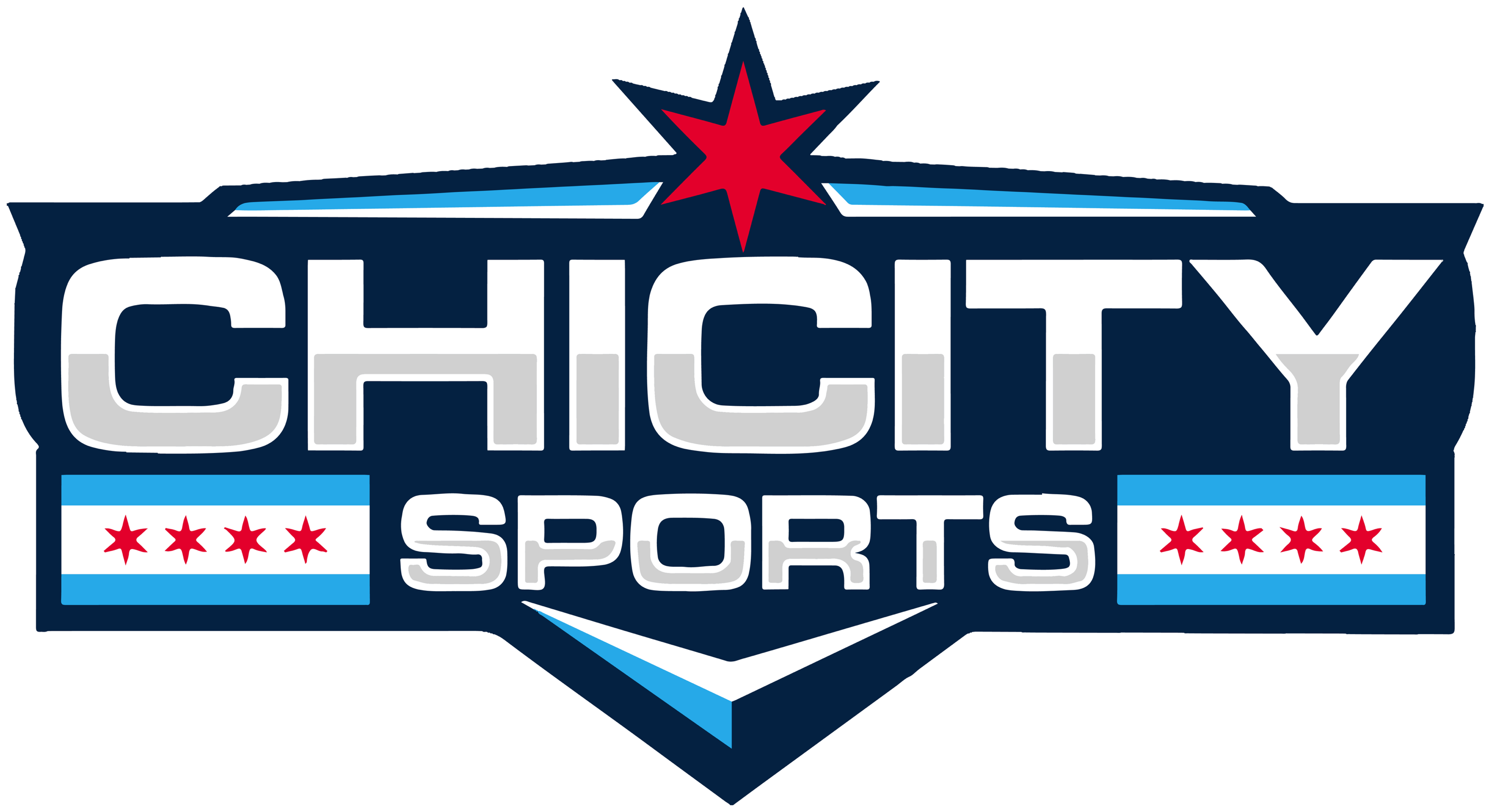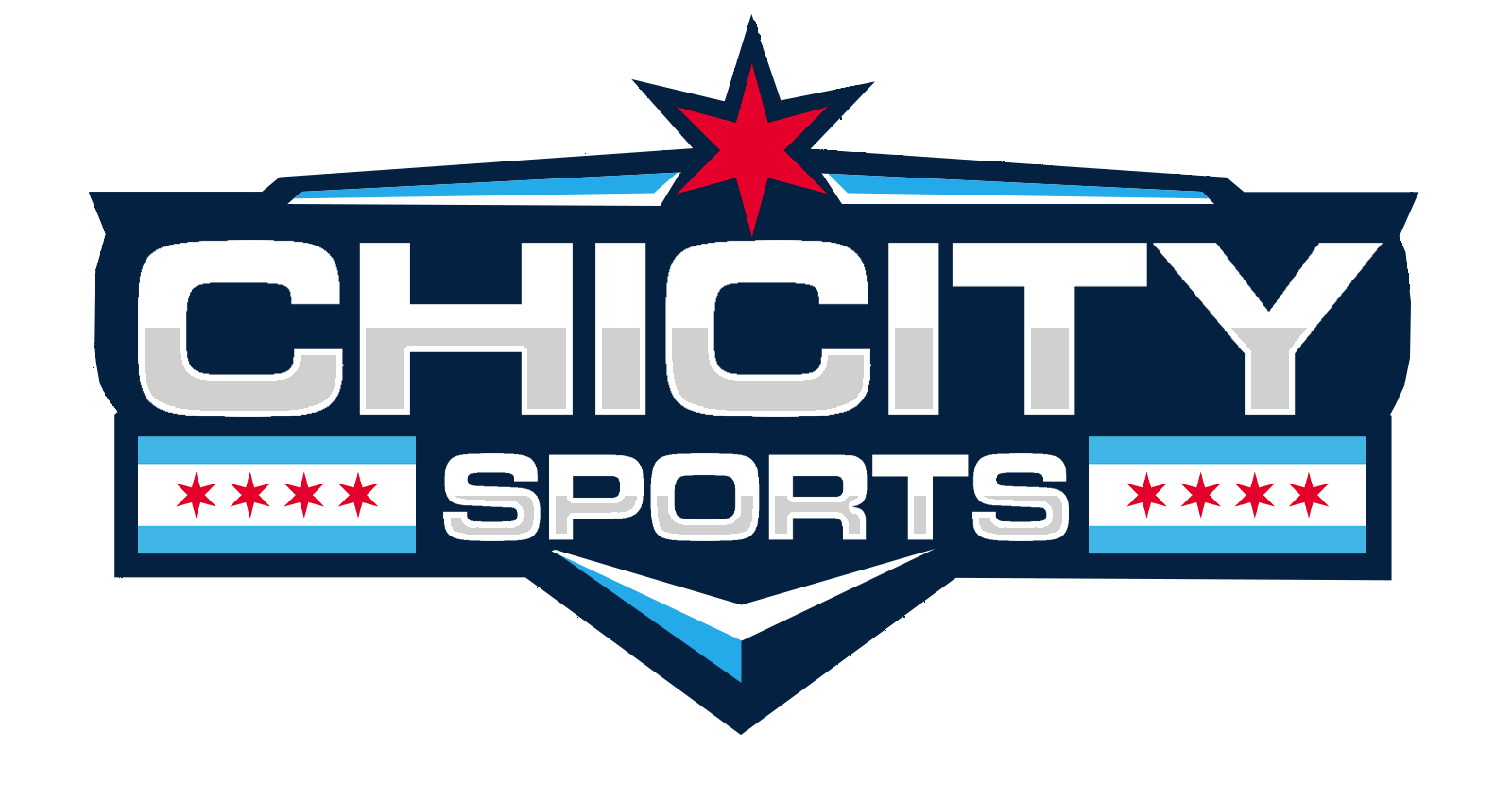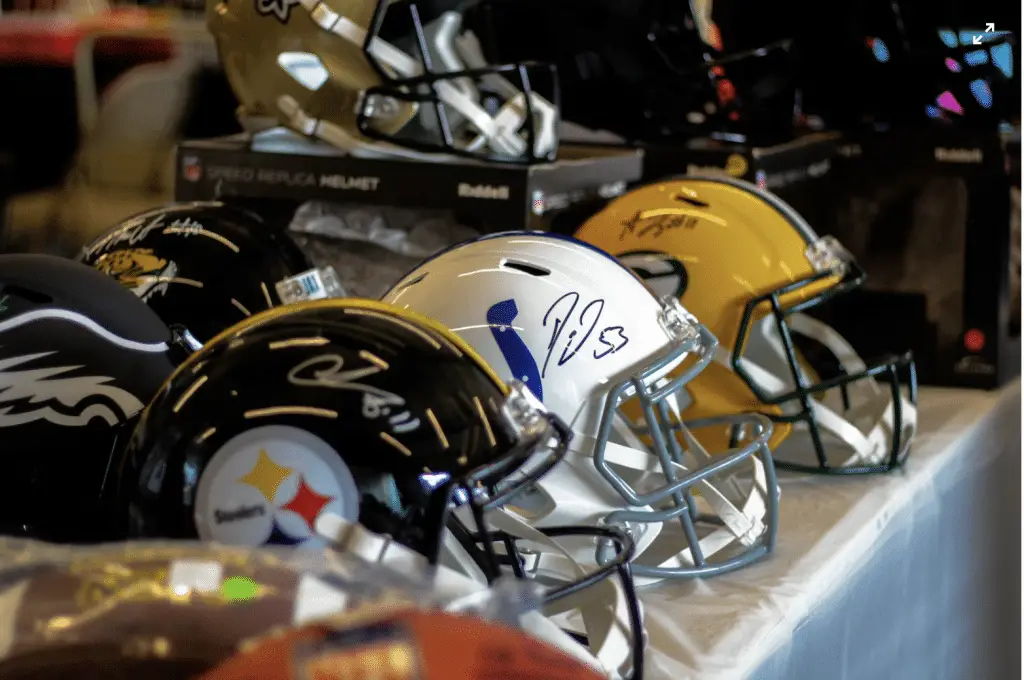The National Football League (NFL) has undergone a remarkable transformation since its founding in 1920, evolving into one of the most prominent and beloved sports leagues in the world. This article explores the rich and diverse history of the NFL, tracing its development from its humble beginnings to the present day.
By examining key milestones and significant moments in the league’s timeline, we gain a deeper understanding of how the NFL has evolved over a century.
1920-1939
From 1920 to 1939, the National Football League (NFL) experienced significant growth and changes. The league was originally formed as the American Professional Football Association (APFA) in 1920, with 14 teams drawn from various regional leagues. However, it quickly expanded, with the number of teams increasing to 21 by 1931.
The 1930s also witnessed the emergence of new franchises and the movement of existing ones. The Boston Braves were enfranchised in 1932, while the Cincinnati Reds ceased operations and were replaced by the St. Louis Gunners in 1934. However, both the Cincinnati Reds and the St. Louis Gunners did not return for the 1935 season. In 1937, the Cleveland Rams were enfranchised, and the Boston Redskins moved to Washington, D.C.
The NFL also saw the entry of teams from the All-America Football Conference, including the San Francisco 49ers, Cleveland Browns, and Baltimore Colts. The league experienced further changes with the creation of the American Football League (AFL) as a rival to the NFL and the subsequent enfranchisement of the Dallas Cowboys in 1960. Additionally, the NFL underwent realignment and relocations, with teams like the Oakland Raiders and Los Angeles Rams moving to different cities.
1940-1979
From 1940 to 1979, the National Football League experienced significant changes in its membership, with expansion, relocations, and the folding of several franchises.
In the early years, the league saw a rapid increase in the number of teams, as it expanded from its original 14 teams to 22 by 1925.
However, financial difficulties and the onset of the Great Depression led to the elimination of financially weaker teams, causing the league to contract to just ten teams by 1934.
In the late 1930s and early 1940s, the NFL experienced another period of expansion and relocation.
New teams, such as the Cleveland Rams in 1937 and the Dallas Cowboys in 1960, were added, while others relocated to new cities, like the Chicago Cardinals moving to St. Louis in 1960 and the Oakland Raiders moving to Los Angeles in 1982.
The league also saw the addition of rival leagues, such as the All-America Football Conference (AAFC) in the late 1940s, which eventually merged with the NFL, bringing in teams like the San Francisco 49ers, Cleveland Browns, and Baltimore Colts.
The period from 1940 to 1979 marked a transformative era for the NFL as it navigated through expansions, relocations, and the integration of new teams and rival leagues.
The NFL’s ability to adapt to the changing dynamics of professional football during this period played a crucial role in establishing it as the premier football league in the United States.
1980-Present
From 1980 to this day, four more teams made their place in the NFL, such as Jacksonville Jaguars and Carolina Panthers in 1995, Baltimore Ravens in 1996, and Houston Texans in 2002.
One of the most notable changes is the impact of the COVID-19 pandemic, which has affected the entire sports industry. In response to the pandemic, the NFL had to adapt quickly by implementing strict health and safety protocols to protect players, coaches, and staff. It included regular testing, social distancing measures, and limited or no attendance of fans during games.
These developments reflect the league’s commitment to evolving and adapting to the changing landscape of sports and society as a whole.
Conclusion
The timeline of the league’s development, underscored by events like the improving odds, highlights the significant moments and milestones that have shaped the NFL into what it is today. From the formation of new franchises to the introduction of rule changes and innovations, the NFL has consistently evolved and embraced change.
Even the fluctuation of team success, evident in the ebb and flow of teams and the increasing Baltimore Ravens odds, reflects the dynamic nature of the league. This adaptability has been crucial in maintaining its relevance and appeal to fans, including those watching the Baltimore Ravens odds with bated breath, and it’s a key factor in the league’s continued success.
As the NFL enters its second century, it will undoubtedly face new challenges and opportunities. Whether that’s unexpected underdogs rising, akin to when the Baltimore Ravens odds skyrocketed, or the inception of new traditions, the league’s rich history and resilience provide a strong foundation for continued growth and success.
For More Great Chicago Sports Content
Get the latest Chicago sports news, analysis, and breaking stories on the Bears, Bulls, Blackhawks, Cubs, White Sox, Sky, and more! Tap the star to add us to your favorites on Google News, so you never miss a story on your favorite Chicago teams.
Follow us on Twitter at @chicitysports23 for more great content. We appreciate you taking time to read our articles. To interact more with our community and keep up to date on the latest in Chicago sports news, JOIN OUR FREE FACEBOOK GROUP by CLICKING HERE




